
Carpal Tunnel Syndrome
Tingling, Numbness, and Pain
Tingling, numbness, or pain in the fingers and hand can be an indication of carpal tunnel syndrome. When left untreated, this condition can result in permanent dysfunction of the hand and fingers.
Orthopaedic Specialists of Austin serving Austin, TX, and beyond can diagnose your condition and provide you with treatment.

Our Carpal Tunnel Expert
Understanding Carpal Tunnel Syndrome
Carpal tunnel syndrome is caused by pressure on the median nerve. Your median nerve and nearby tendons extend from your forearm to the hand through a small tube-like space in the wrist known as the carpal tunnel. Because the median nerve controls the movement and sensation in the majority of your hand and fingers through your ring finger, you may experience several uncomfortable symptoms if you have carpal tunnel syndrome:
- Tingling, numbness, and weakness in the hand or forearm
- Pain or discomfort in the hand, wrist, forearm, or elbow
- Difficulty performing everyday tasks
- A shock-like sensation radiating from the center of the hand to the fingertips
Patients often note that their symptoms develop in the thumb, index finger, middle finger, and ring finger, but not in the little finger.
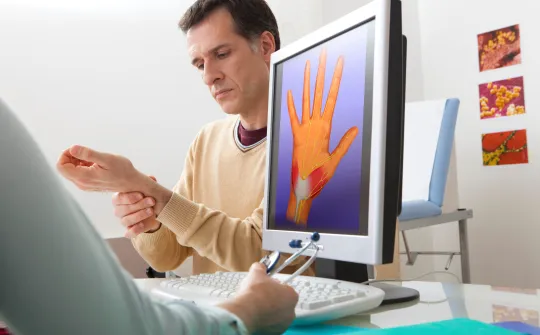
Why Austin, TX, Chooses Us for Treatment
Board-Certified Team
Non-Invase Options
Advanced Technology
Treating Your Carpal Tunnel
Mild-to-moderate carpal tunnel syndrome may be reversed with nonsurgical methods like lifestyle changes and wearing a splint. For more severe forms of the condition, we may recommend surgery. Treatment options our surgeons will explore with you include:
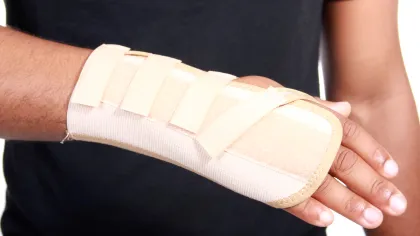
At-Home Care
For milder cases of carpal tunnel syndrome, we typically recommend icing your wrist and taking anti-inflammatory medication to improve symptoms. We may also recommend wearing a splint to help alleviate pressure in the carpal tunnel.

Lifestyle Changes
Reducing your force, relaxing your grip, and losing weight may help alleviate the pressure on your median nerve. We recommend being mindful of your form and posture and taking frequent breaks to rest your hands and fingers.
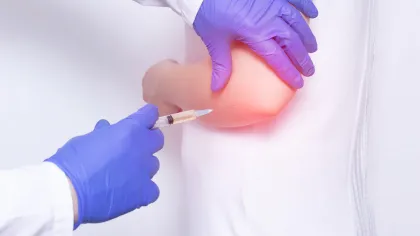
Corticosteroid Injections
If at-home treatment and lifestyle changes aren't enough to minimize your symptoms, corticosteroid injections can be administered in the carpal tunnel to alleviate the pressure on the median nerve. These injections can reduce the inflammation that's causing the tendons to swell and pinch the nerve. This treatment is temporary and may have to be repeated every few months.
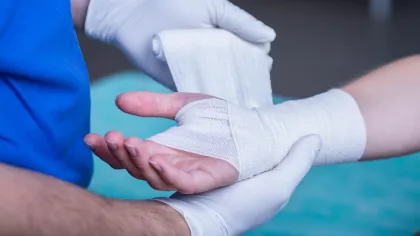
Surgery
While we can treat most cases of carpal tunnel syndrome through conservative treatments, we may recommend surgery for severe symptoms that interfere with your everyday life. Our specialists can perform surgery to sever the ligament that's putting pressure on the median nerve.
Carpal Tunnel Surgery Recovery
Your recovery may take several weeks to several months, depending on the severity of your condition. During this time, our doctors recommend you:

Take Time Off from Work
Your time off from work will depend on which hand underwent surgery and the activities your job requires. If you had surgery on your non-dominant hand and have a job that does not require repetitive motion, you can likely return to work within a few days. Surgery on your dominant hand and a job that requires repetitive movements may require a couple of weeks or more for recovery.
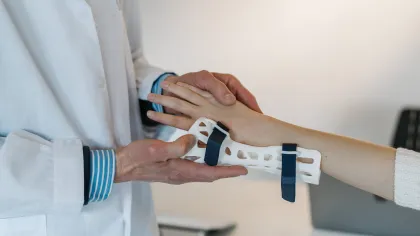
Wear a Splint or Bandage
After your surgery, you're encouraged to wear a bandage or splint for 1-2 weeks. Your doctor will let you know when you can remove your splint and start a physical therapy regimen.
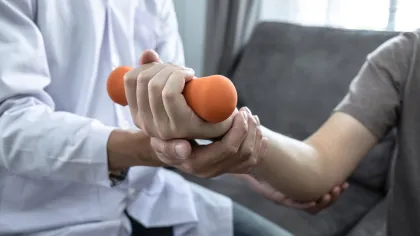
Perform Physical Therapy Exercises
While you are encouraged to rest for a few days to a few weeks after your surgery, our doctors may recommend physical therapy exercises to speed up the healing process and allow for the healthy recovery of your muscles and nerves.
